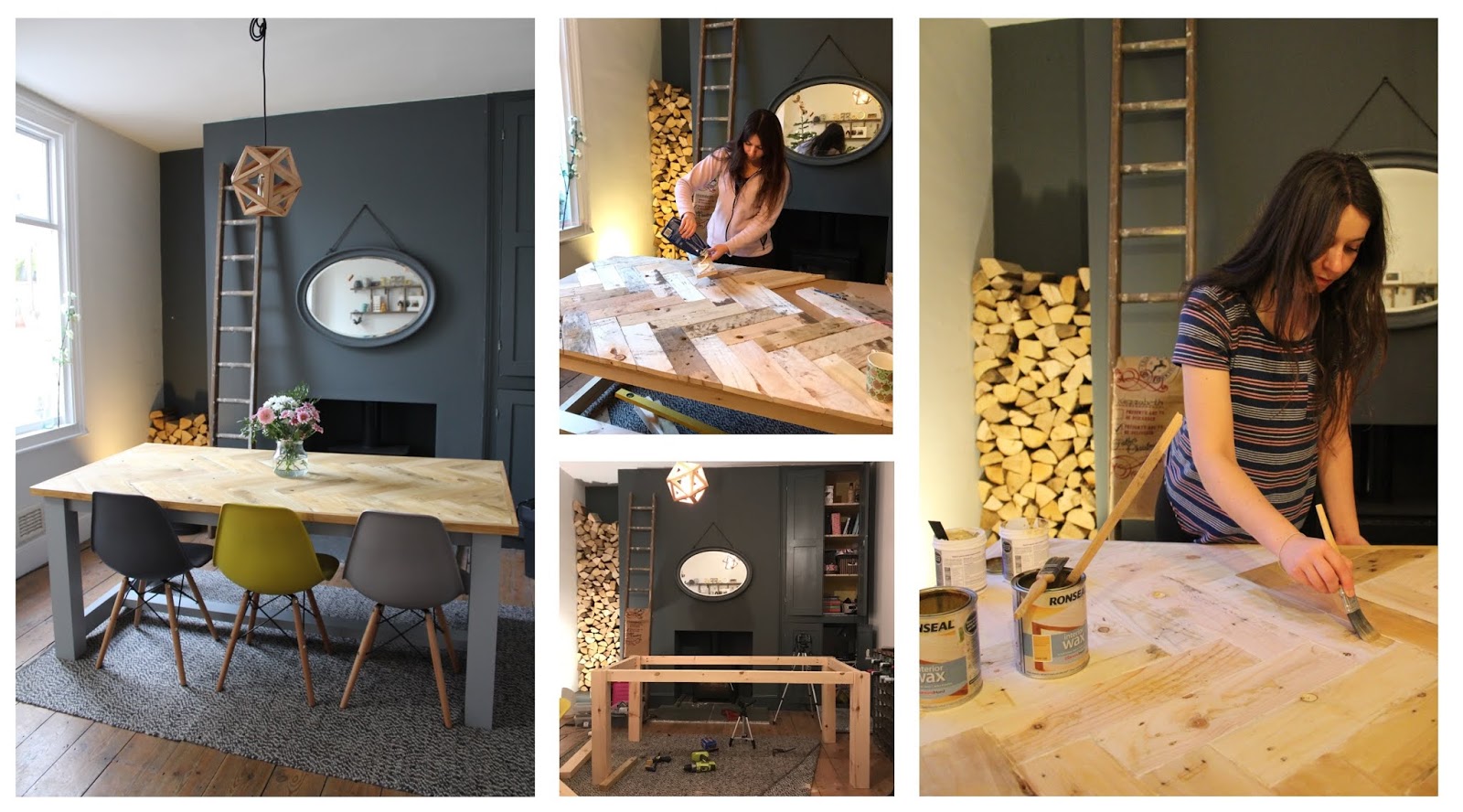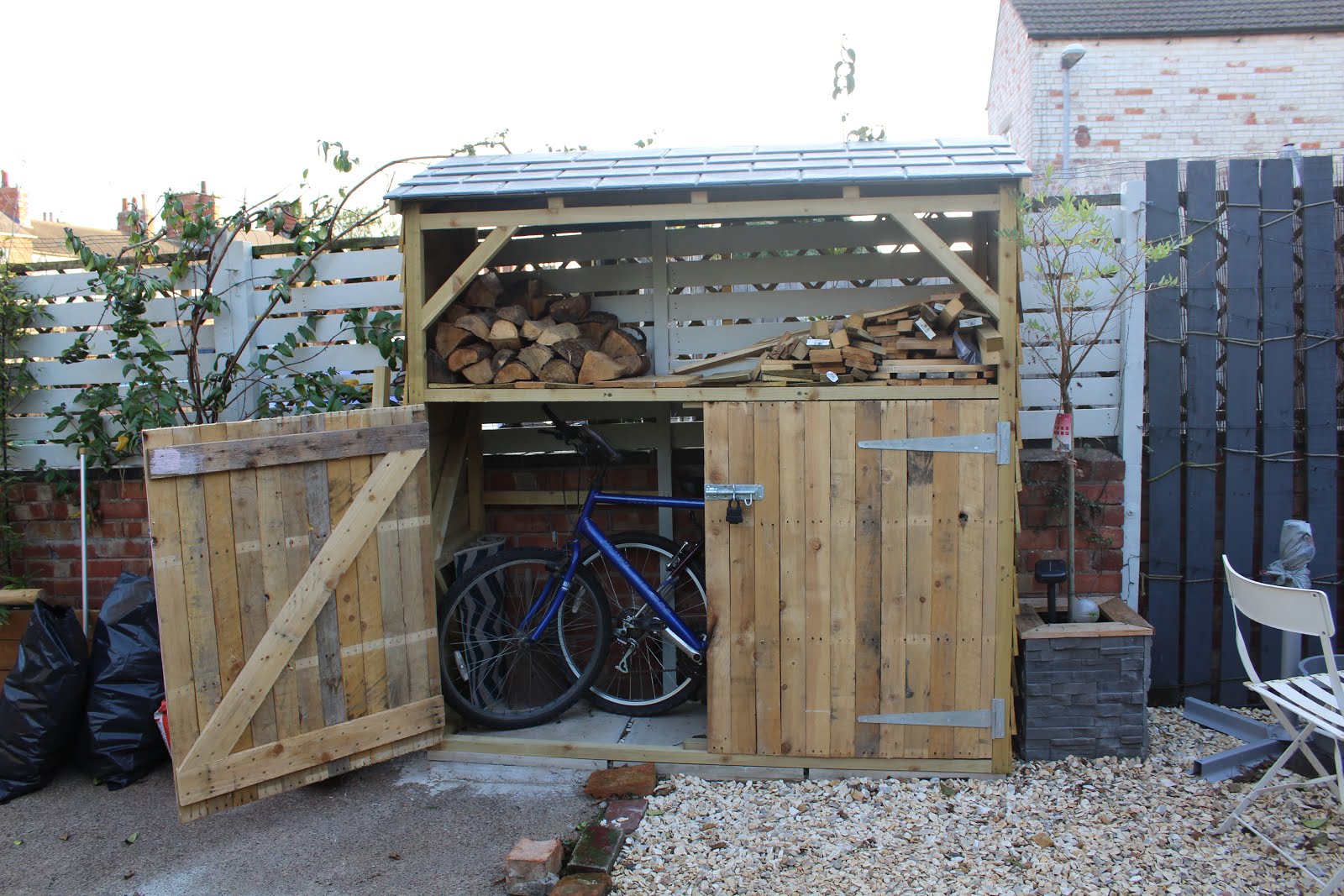
Yesterday I finally got round to sowing seeds for our new lawn to come (hopefully). We’ve chosen a hard-wearing family grass as we have two dogs and we enjoy the odd garden party too – Ornamental grass simply wouldn’t do. Any grass with rye in is best if you have a family or dogs, or so I learnt. This bag actually covers 100m2, and although we only needed around a third of that – my thoughts were that if this all goes wrong, or ends up super patchy, we’ll have a second and third batch to try again. Ideally you should have no stones in the soil – Well this certainly isn’t the case for us. But unless I actually crawl along hour by hour fishing them all out (even this would only remove the top layer!) that just ain’t gonna happen. We initially thought we would end up buying some top soil to cover the top – but actually we almost had too much soil we didn’t need to do this.. although it meant taking a bit of a risk in the hope that grass will actually grow. But I like to save money, and a larger bag of seed was only a small amount more, so we’re gonna give it a whirl.
Preps
So the first step was really just to let the soil sit for a week. We’d already dug the entire area up from removing all the concrete; but by allowing the soil to sit for a while it would allow any weeds to appear and be removed before growing grass. Again, ideally two weeks would have been best. But we’re short on time (and I’m impatient). Then I added a fertiliser to the soil, raked it in and left that for a few days.
Sowing
This was the easy step. I’ve read that it’s recommended to section off metre square sections with string and pegs, however I felt fairly confident that I could recognise a metre section without sectioning it, so I just sectioned it by eye. In metre sections, I sprinkled the seed by hand; firstly left to right and then again top to bottom. One handful of seed each time (so two per each metre section) is the perfect amount of seed for a square metre. After doing this throughout the whole area I wanted to lawn, I then lightly raked it in. It’s important not to cover the seeds completely as they still require direct sunlight to grow. After this I then stepped around the garden to tread the seed down.
After-Care
Now birds love this kind of grass seed, so ideally netting over the top of the area stops the birds eating away your money (and seed). However, luckily for us we have dogs to keep the birds away, so this wasn’t necessary for us. It’s also important to keep the ground fairly moist. Long spells of dry-periods with inhibit the growth. So get the hose out every day it doesn’t rain. We also immediately wetted the area just after seeding. It’s also ideal to add some plant food to the area to help the seeds grow. We’re actually going to wait until we see a bit of growth first before adding this.
Simple as 1, 2, 3…well, don’t take it from me – we haven’t successfully grown anything just yet! Updates to come soon, I’m nursing my grass seeds like a baby. 😉

Sowing Seeds

After raking









No Comments